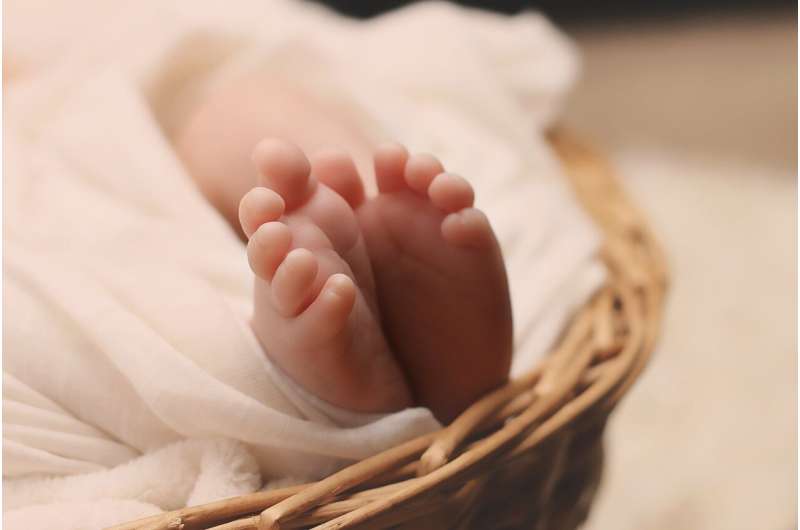Mouth-to-mouth bystander CPR is the preferable method for pediatric cardiac arrest, study says


Rescue breathing cardiopulmonary resuscitation (CPR) yields superior neurological outcomes compared with compression-only CPR or no CPR at all in infants, children and adolescents, according to a new analysis published today in the Journal of the American College of Cardiology.
Over 5,000 Americans under the age of 18 experience an out-of-hospital cardiac arrest (OHCA) each year. CPR is a life-saving emergency technique used to help a person whose breathing or heart may have stopped. National and statewide efforts focus on teaching compression-only CPR (CO-CPR) to improve the likelihood of bystander CPR. While current guidelines recommend CO-CPR for adults with OHCA, children more commonly experience OHCA caused by asphyxiation for which CO-CPR may be less effective, leading to worse neurological outcomes compared to rescue breathing CPR (RB-CPR).
Data for this study came from the Cardiac Arrest Registry to Enhance Survival (CARES) database, an established collaboration between the Centers for Disease Control and Prevention and the Department of Emergency Medicine at Emory University School of Medicine, which includes data from 145 million people in 28 states across the United States. A total of 10,429 pediatric cases were pulled from January 2013 to December 2019. Age groups included infants (less than one year of age), children (one to 11 years) and adolescents (12 to 18 years). Bystander CPR was defined as being administered by a family member, layperson, or a layperson with medical training.
Pediatric CPR was most commonly performed due to cardiac problems (44.4% of cases), respiratory problems (32.8%), drowning (8.8%), drug overdose (1.8%), electrocution or exsanguination (both at 0.2%) or other medical causes (11.9%). Cardiac arrests were more common in infants, males, and white and Black children compared to children of other races/ethnicities. Family members or laypersons were most likely to perform CO-CPR, whereas laypersons with medical training were more likely to perform RB-CPR.
In analyzing the data, the researchers found that OHCAs with RB-CPR and CO-CPR independently had better neurological outcomes compared with no CPR performed at all. However, compared with CO-CPR, RB-CPR was associated with higher odds of favorable neurological outcomes for infants, children and adolescents. The analysis found RB-CPR was also associated with higher odds of overall survival compared with CO-CPR.
Compared with children and adolescents, infants were found to have different outcomes when it came to CO-CPR and RB-CPR. The researchers found RB-CPR resulted in better outcomes than CO-CPR for all pediatric age groups. However, the researchers also found performing CO-CPR was better than no CPR in children and adolescents, but not infants; neurologically favorable survival in infants was only observed with RB-CPR. The researchers concluded that RB-CPR should continue to be the recommended form of CPR for infants.
“One of the most important findings of our investigation is that compression-only CPR is currently the most commonly performed type of CPR for pediatric cardiac arrest in the United States,” said Maryam Y. Naim, MD, MSCE, a pediatric cardiac intensive care physician in the division of cardiac critical care medicine at Children’s Hospital of Philadelphia, and lead author of the study. “Current public health campaigns focus on teaching compression-only CPR, and while this has improved outcomes in adults, it is possible this had disadvantaged children, particularly infants who did not show a benefit in outcome with compression-only CPR. Bystander CPR education should continue to emphasize rescue breathing CPR for those under 18, especially infants, and teach lay rescuers how to perform rescue breathing CPR.”
“This new study adds important data to the limited published literature on this topic,” said Gene Yong-Kwang Ong, MBBS, consultant in the department of pediatric emergency medicine in Kandang Kerbau Hospital in Singapore, and author of the accompanying editorial comment. “Given that infants were consistently reported to suffer the worst clinical outcomes, and with this finding that bystander rescue breathing CPR could improve neurologically favorable survival, it behooves us to look into this in a timely manner. There needs to be important discussions in light of this data.”
Source: Read Full Article